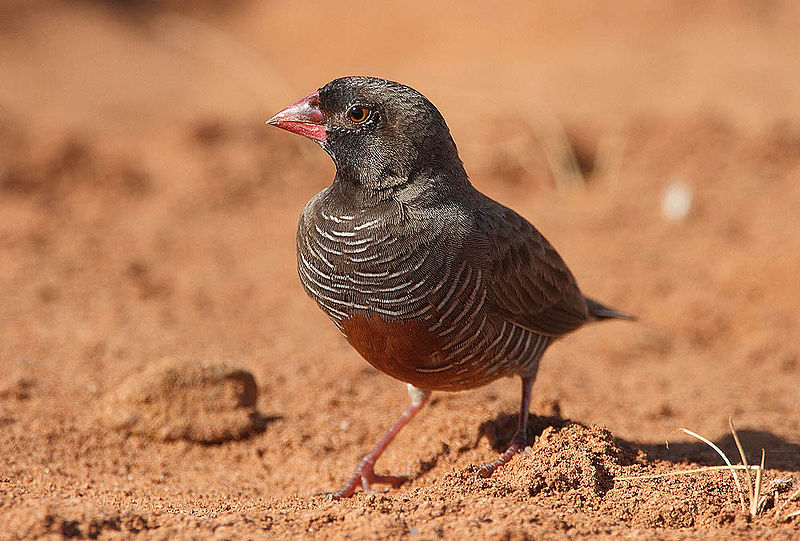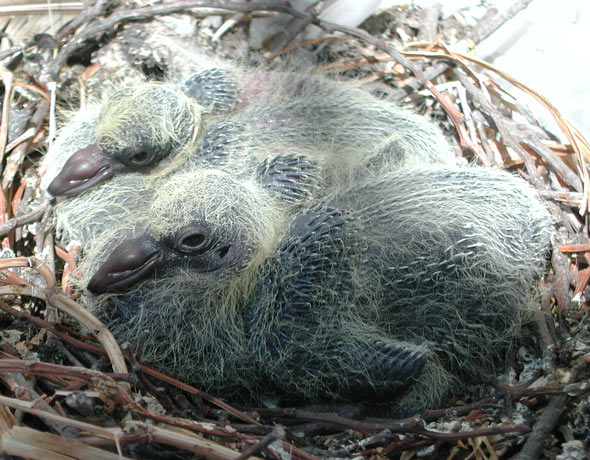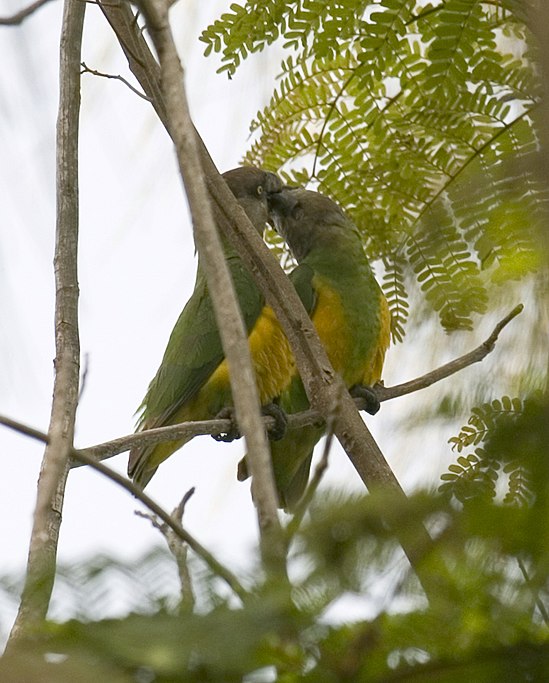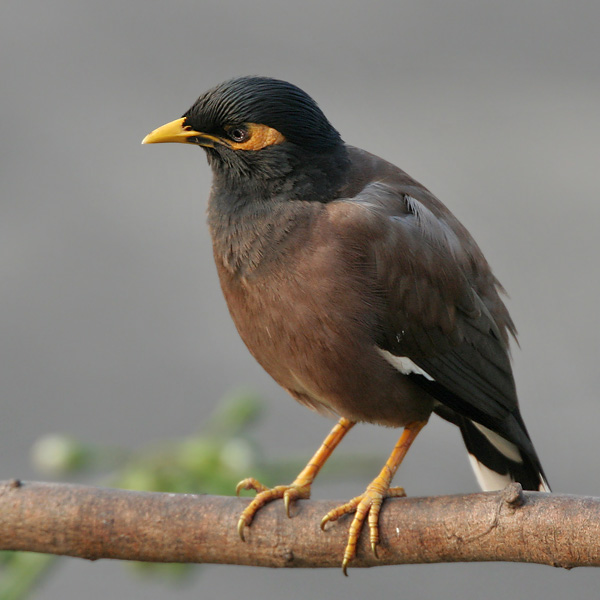 Finches and quails, both popular with bird fanciers, differ greatly in appearance and habits. Except, that is, for an unusual bird known as the African Quail Finch, Ortigospiza atricollis (a/k/a Partridge Finch, Black-Chinned Quail Finch). It is a true finch, classified with other waxbills in the family Estrildidae, but one could not be blamed for thinking otherwise…in appearance and behavior, it very much resembles a minute quail. If you’ve always wanted to keep quail but lack the space, or just wish to work with a very unique finch, you may want to consider these charming little birds. Read More »
Finches and quails, both popular with bird fanciers, differ greatly in appearance and habits. Except, that is, for an unusual bird known as the African Quail Finch, Ortigospiza atricollis (a/k/a Partridge Finch, Black-Chinned Quail Finch). It is a true finch, classified with other waxbills in the family Estrildidae, but one could not be blamed for thinking otherwise…in appearance and behavior, it very much resembles a minute quail. If you’ve always wanted to keep quail but lack the space, or just wish to work with a very unique finch, you may want to consider these charming little birds. Read More »
Category Archives: Bird Breeding
Feed SubscriptionUnique Finches – the Top 5 Species for Those in Search of Something Different
Although a few commonly-kept finches dominate the pet trade, an amazing range of unusual species are available. Many are delicate and rarely seen, but quite a few are just as hardy as the ever-popular Zebra Finch. Today I’d like to introduce some of my favorite less-commonly-kept finches, each of which is special in its own way – the Red Avadavat, Gray-Headed Silverbill and the Star, Masked and Spice Finches. All are hardy, breed well, and may be housed in large indoor cages or outdoor aviaries. I’ll cover husbandry details in future articles; until then, please write in with any questions. Read More »
Hand-Rearing Young Pigeons and Doves
 A ThatBirdBlog reader in Bangkok, Thailand recently contacted me concerning the hand-rearing of Zebra Dove nestling whose parents had been attacked by a crow. The incident reminded me that spring is on the way, and with it will come a number of calls concerning young pigeons and doves (or “squabs”), that have fallen from their nests or have otherwise become orphaned. Those who keep pigeons and doves as pets, or who “fly” them as a hobby, are also sometimes called upon to raise abandoned nestlings.
A ThatBirdBlog reader in Bangkok, Thailand recently contacted me concerning the hand-rearing of Zebra Dove nestling whose parents had been attacked by a crow. The incident reminded me that spring is on the way, and with it will come a number of calls concerning young pigeons and doves (or “squabs”), that have fallen from their nests or have otherwise become orphaned. Those who keep pigeons and doves as pets, or who “fly” them as a hobby, are also sometimes called upon to raise abandoned nestlings.
Crop Milk
Pigeons and doves depart radically from other birds when it comes to rearing their chicks. Rather than providing them with insects or fruit, breeding adults produce a semi-solid nestling food known as pigeon milk or crop milk. While not related to mammalian milk, there certainly are some parallels.
The “milk” is secreted from the lining of the crop, which is a food storage organ located at the end of the esophagus (base of the throat) of most birds. It is higher in protein (38%) and fat (58%) than both cow and human milk, and allows for very rapid growth. Crop milk also contains several vitamins and minerals, and is produced by both males and females. Read More »
Breeding Large Parrots in Indoor Cages – Tricky but Possible
 A great deal has been written on the value of large outdoor aviaries to parrot breeders. I agree, but this need not prevent those without access to outdoor facilities from experimenting. Well-habituated pairs of African Gray, Amazon and other fair-sized parrots have nested in spacious, indoor cages.
A great deal has been written on the value of large outdoor aviaries to parrot breeders. I agree, but this need not prevent those without access to outdoor facilities from experimenting. Well-habituated pairs of African Gray, Amazon and other fair-sized parrots have nested in spacious, indoor cages.
Simulating Seasonal Changes
Birds housed outdoors are often stimulated to come into breeding condition by natural fluctuations in temperature, humidity and day length. While seasonal changes will exert some effect on indoor birds, it is important for us to step in and “help nature along” when it comes to house-bound birds. Read More »
Common Myna Added to World’s 100 Worst Invasive Species List
 The Common Myna, Acridotheres tristis, is a less popular pet than the Hill Myna, Gracula religiosa, but is just as bright, and a very talented mimic. Unfortunately, admirers have released in many foreign habitats, where it causes a host of problems.
The Common Myna, Acridotheres tristis, is a less popular pet than the Hill Myna, Gracula religiosa, but is just as bright, and a very talented mimic. Unfortunately, admirers have released in many foreign habitats, where it causes a host of problems.
Mynas as Pets
The various Mynas are among the most sought after (and expensive) of all bird pets. These beautiful members of the starling family (Sturnidae) often amass vocabularies that rival those of any parrot, and are amazingly intelligent. Read More »
 That Bird Blog – Bird Care and History for Pet Birds
That Bird Blog – Bird Care and History for Pet Birds
